Innovative Trends in LED Street Lights Unveiled at 2025 China Import and Export Fair
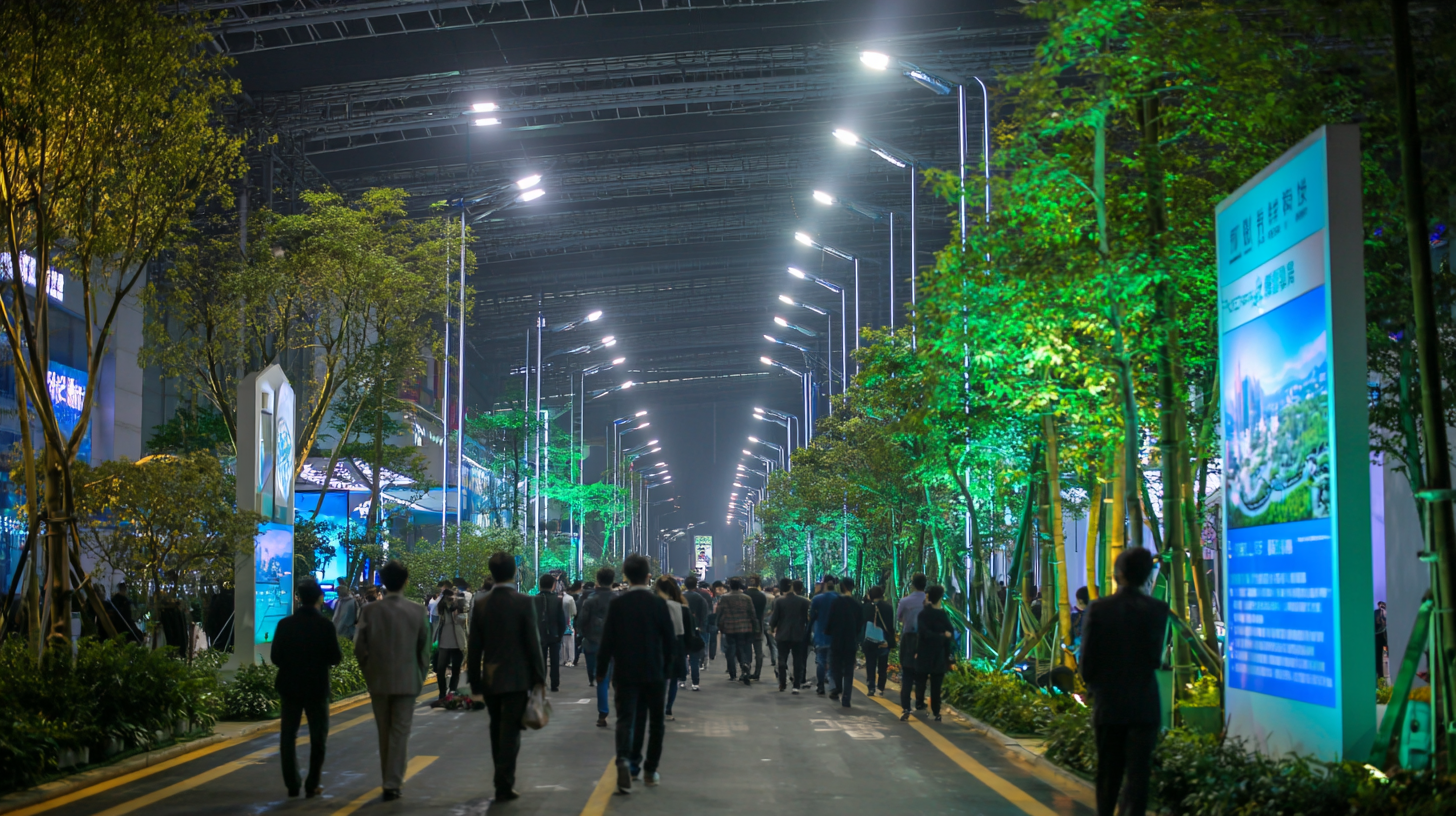 The lighting industry is witnessing a transformative shift, particularly in the realm of LED street lights, which are becoming a focal point at the 2025 China Import and Export Fair. As reported by the International Energy Agency (IEA), the global LED street lighting market is anticipated to reach USD 21 billion by 2025, driven by the need for energy-efficient solutions in urban areas. Innovative trends unveiled at this fair highlight advancements in smart technology integration, energy management, and sustainable design, responding to the growing demand for eco-friendly urban infrastructure. The World Bank projects that upgrading to LED street lights can result in energy savings of up to 50-80%, making them a pivotal component in urban planning and environmental sustainability efforts. As cities worldwide pivot towards smarter, greener solutions, the innovations presented at this prestigious event underscore the vital role of LED street lights in shaping the future of urban environments.
The lighting industry is witnessing a transformative shift, particularly in the realm of LED street lights, which are becoming a focal point at the 2025 China Import and Export Fair. As reported by the International Energy Agency (IEA), the global LED street lighting market is anticipated to reach USD 21 billion by 2025, driven by the need for energy-efficient solutions in urban areas. Innovative trends unveiled at this fair highlight advancements in smart technology integration, energy management, and sustainable design, responding to the growing demand for eco-friendly urban infrastructure. The World Bank projects that upgrading to LED street lights can result in energy savings of up to 50-80%, making them a pivotal component in urban planning and environmental sustainability efforts. As cities worldwide pivot towards smarter, greener solutions, the innovations presented at this prestigious event underscore the vital role of LED street lights in shaping the future of urban environments.
Innovative LED Technologies Showcased at the 2025 China Import and Export Fair
At the 2025 China Import and Export Fair, a plethora of innovative LED technologies took center stage, capturing the attention of industry leaders and enthusiasts alike. This premier event showcased the latest advancements in LED street lighting, demonstrating how cutting-edge technology can enhance urban infrastructure and improve energy efficiency. Manufacturers unveiled smart street lights equipped with IoT (Internet of Things) capabilities, enabling remote control and real-time monitoring of lighting systems. These innovations promise to revolutionize urban management, making cities not only smarter but also more sustainable.
Among the highlights was the introduction of adaptive lighting systems that adjust brightness according to the surrounding environment and pedestrian activity. This feature not only conserves energy but also enhances safety by ensuring adequate illumination where it's needed most. Additionally, several companies presented eco-friendly LED options made from recyclable materials, emphasizing a growing commitment to sustainability in design. As the demand for modern street lighting solutions expands, the fair illustrated a clear trajectory towards smarter, greener, and more efficient urban environments facilitated by innovative LED technologies.
Smart Lighting Solutions: Integrating IoT with LED Street Lighting
The integration of Internet of Things (IoT) technology with LED street lighting is revolutionizing urban infrastructure, making cities not only smarter but also more energy-efficient. According to a recent report by MarketsandMarkets, the smart lighting market is expected to grow from $11.4 billion in 2020 to $24.8 billion by 2025, with IoT-enabled street lights playing a significant role in this expansion. These smart lighting solutions provide cities with real-time data collection, energy management, and improved safety, enhancing the overall quality of urban living.
Moreover, IoT-enabled LED street lights are equipped with sensors that monitor environmental conditions and traffic patterns. A study by Grand View Research indicated that such smart systems can reduce energy consumption by up to 50% compared to traditional lighting. This transition not only contributes to lower operational costs but also aligns with global sustainability goals, as cities aim to reduce their carbon footprints. The 2025 China Import and Export Fair showcased these innovative trends, highlighting how cities can leverage technology for safer and more efficient public spaces.
Sustainability Focus: Energy Efficiency and Environmental Impact of New LED Designs
At the 2025 China Import and Export Fair, the spotlight was cast on the latest advancements in LED street lights, showcasing a robust commitment to sustainability. New designs emphasize energy efficiency, with several models achieving remarkable performance metrics. According to a recent report by the International Energy Agency (IEA), replacing traditional street lighting with LED technology can lead to energy savings of up to 50-70%. This is not only beneficial for reducing carbon footprints but also enhances the longevity of street lighting systems, with many LEDs designed to last over 50,000 hours, significantly reducing maintenance costs.
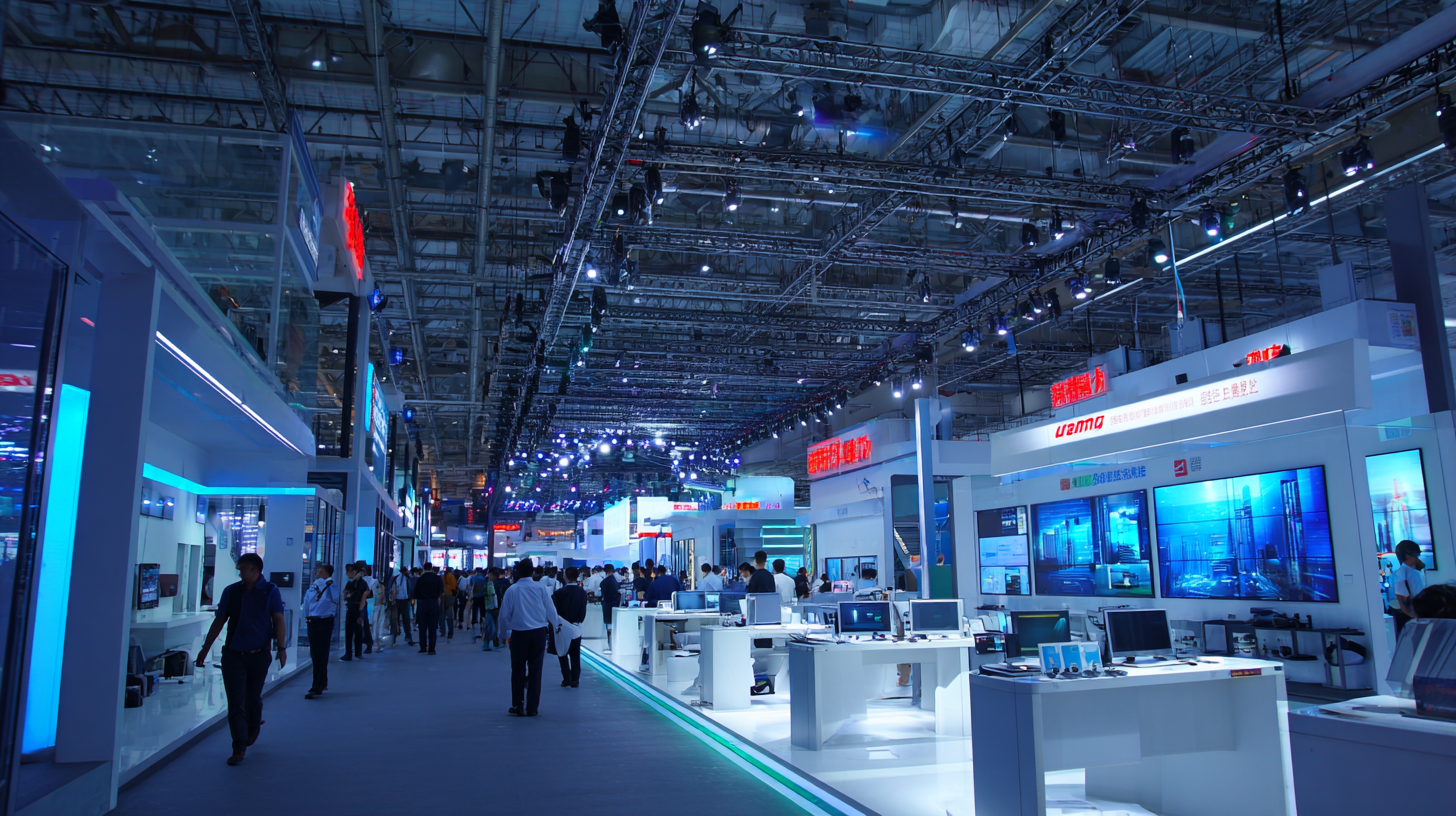
The environmental impact of these innovative LED designs extends beyond energy conservation. Research from the Global Lighting Association highlights that modern LED street lights can reduce greenhouse gas emissions by approximately 1.5 billion tons annually, underscoring their role in combating climate change. Furthermore, the adoption of smart lighting technology allows for adaptive street lighting that adjusts brightness based on real-time needs, further decreasing energy consumption. This combination of efficiency and adaptability positions LED street lights at the forefront of urban sustainability initiatives, making cities greener and more environmentally friendly.
Global Market Trends: The Future of LED Street Lighting in Urban Development
At the 2025 China Import and Export Fair, innovative trends in LED street lighting emerged, reflecting a significant shift in urban development strategies globally. As cities grow and the demand for sustainable solutions increases, LED street lights have become a focal point for urban planners. The latest advancements in this technology not only promise energy efficiency but also enhance safety and convenience for residents. Smart LED systems equipped with sensors, for instance, can adjust brightness based on pedestrian activity, thereby conserving energy and reducing costs.
The global market for LED street lighting is poised for rapid expansion as governments and municipalities prioritize eco-friendly infrastructure. This aligns with broader goals of reducing carbon footprints and creating smarter cities. Moreover, the integration of IoT (Internet of Things) technologies into LED street lighting systems offers real-time data collection and analytics, allowing for improved maintenance and operational efficiency. As urban areas continue to invest in modernizing their lighting solutions, the future of LED street lighting will play a crucial role in shaping sustainable urban environments that prioritize both innovation and quality of life.
Innovative Trends in LED Street Lights
This chart illustrates the expected growth in various innovative trends within the LED street lighting market over the next five years. The data includes dimensions such as Energy Efficiency, Smart Technology Integration, and Sustainable Materials Usage.
Case Studies: Successful Implementation of Innovative LED Solutions Worldwide
At the 2025 China Import and Export Fair, a spotlight was shone on the transformative impact of innovative LED street light solutions implemented around the globe. One notable case study from Copenhagen, Denmark, demonstrates the integration of smart technology within urban lighting systems. By incorporating sensors and adaptive lighting, the city reduced energy consumption by over 30% while enhancing public safety through improved visibility in critical areas. This proactive approach not only minimizes environmental impact but also sets a benchmark for other cities to follow.
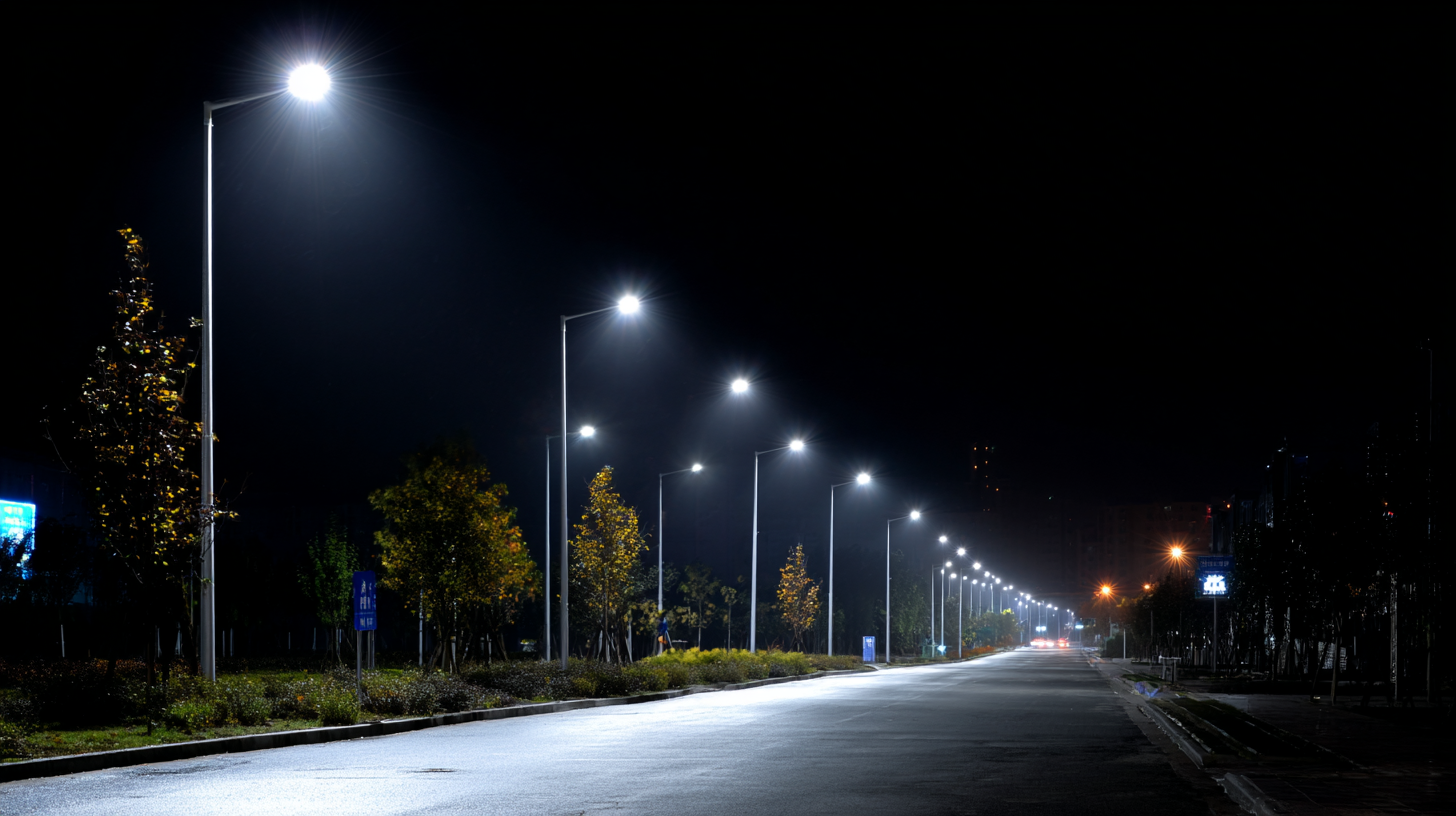
Another compelling example comes from Los Angeles, where the retrofitting of traditional street lights to LED fixtures has resulted in significant cost savings and a dramatic reduction in greenhouse gas emissions. The project, which is part of a broader sustainability initiative, showcases the effectiveness of LED technology in addressing urban challenges. These innovative solutions not only contribute to a greener future but also pave the way for smarter city designs, highlighting the importance of collaboration and knowledge sharing in advancing global sustainability goals.
Related Posts
-

Navigating the Challenges: Common Issues with LED Street Lights Explained
-

How to Choose the Right LED Street Lights for Your Urban Environment
-
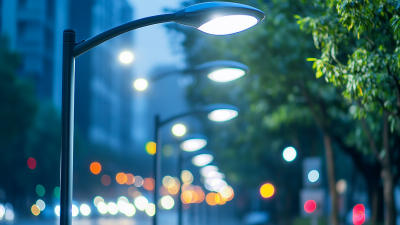
Transforming Urban Safety: Case Studies on LED Street Lights and Challenges in Implementation
-
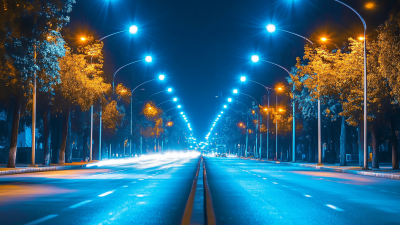
Global Export Certification: Top 5 Benefits of Choosing the Best LED Street Lights
-
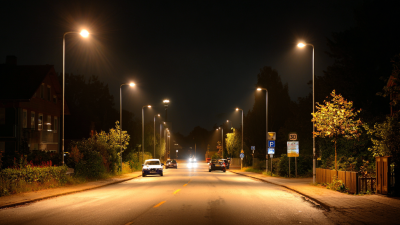
The Future of Best LED Street Lights in 2025 A Comprehensive Comparison of Top Innovations
-

Global Street Light Market Outlook and Trends for the Next Decade
